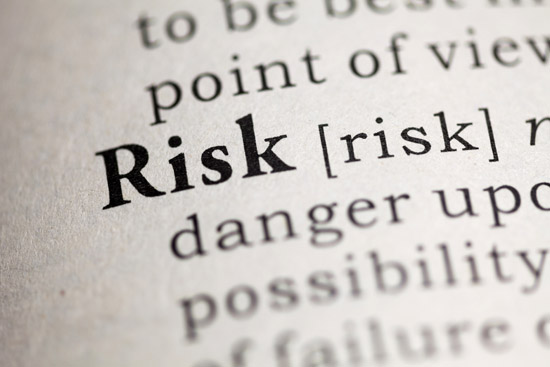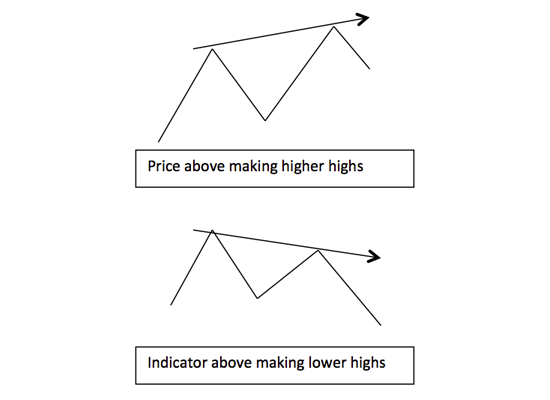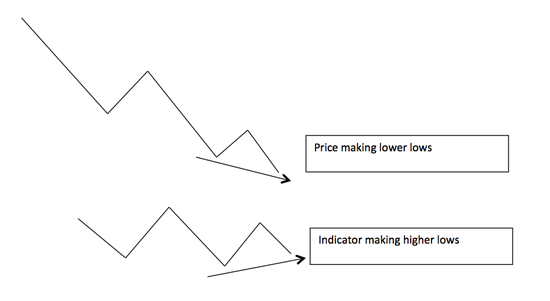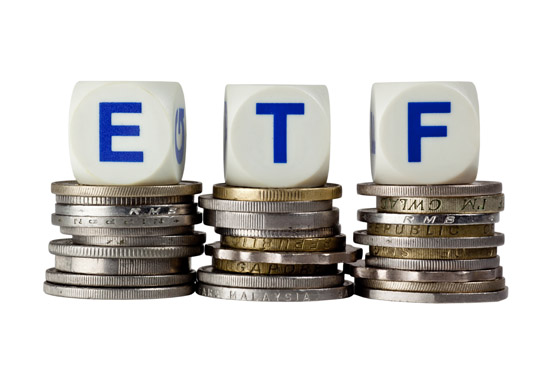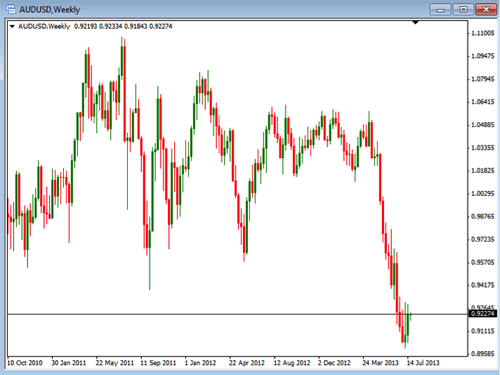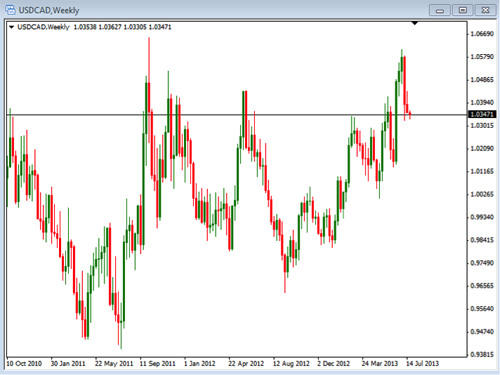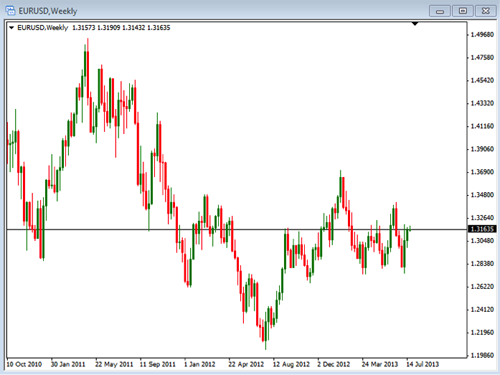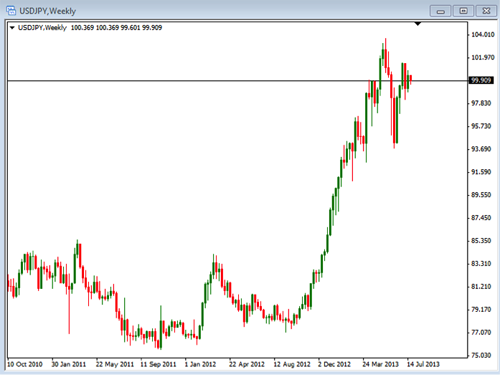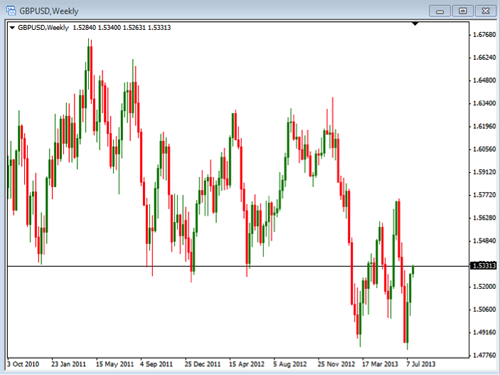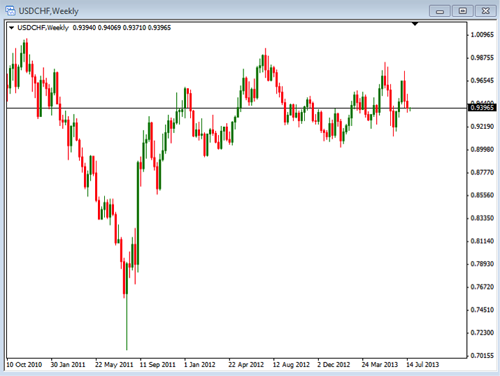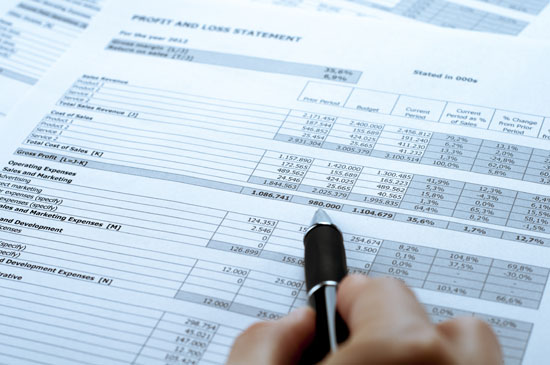Today I want to spend some time discussing the topic of trading risk. This is a topic that we should all understand and be familiar with. So the question we need to answer for ourselves is, “What is risk?” For some, this may mean something different than for others. We have to be able to answer for ourselves what risk is. If we don’t know, we need to figure it out. Once we do know what risk is we can then learn how to control it. Hopefully, we can give some ideas of what risk is all about so you can better understand and control it for yourself.
In the market there are only a few things that we can control. We cannot control the market or what other traders are doing. One of the few things that we can control is the amount of money we put into our trades. There are several things that we need to discuss so we can better know how to control our risk.
- Defining Risk: Each time we take a trade we need to figure out how much risk we are going to take in that trade. This risk is usually defined by determining a percentage of our account we are going to risk. The maximum amount that should be risked is 2%. You can risk a smaller amount if you think this is too much.
- Justifying Risk: In order to justify the risk we are taking we will need to have a reason why we are taking the trade. For example, we need to have a reason why we would place a stop loss at a specific point on the chart. That reason may be as simple at using a moving average or looking for the past swing low or high. Once we have the evidence to put our stop loss at a specific point we can then know the amount we are risking
- Quantifying Risk: This is where we make the determination of the position size we are going to be using when placing the trade. By looking at your defined risk in correlation with your stop loss you will know exactly how much you will be buying or selling. Using the examples from above if we have a 2% risk we know we can only buy enough that we would never lose more than 2% of our account size. If that 2% equaled $200, then we would only buy the amount that would keep our loss below $200 if we got stopped out.
So, in helping answer the question about risk, we need to be the ones that make all the decisions about our risk. We first need to define what it is, then justify taking the risk and finally determining the size we will be trading to keep our risk under control. Take some time to look at the process you go through to determine your risk in each trade. If you find you are taking too much risk, then lower the amount you are risking in each trade. Risk management is one of the most important things you can learn and incorporate into your trading.
